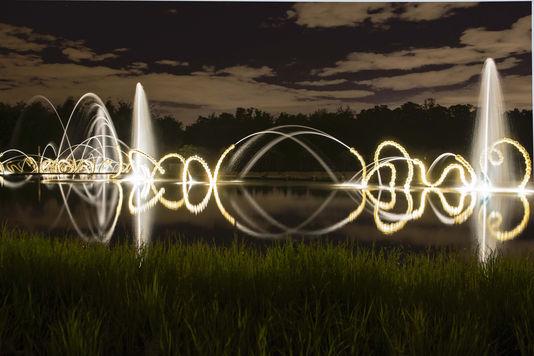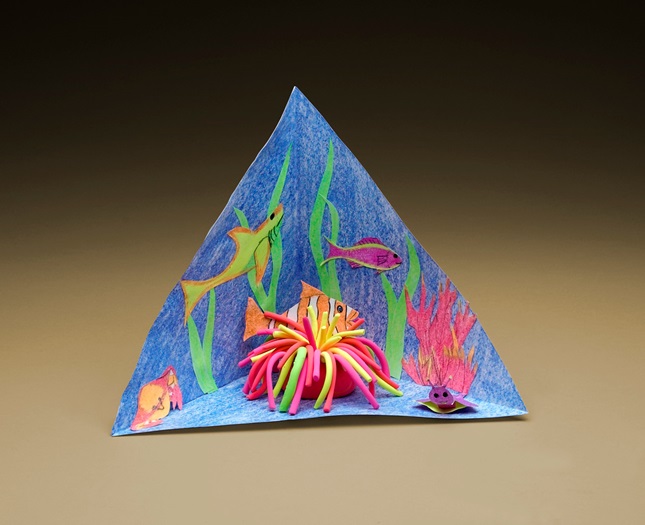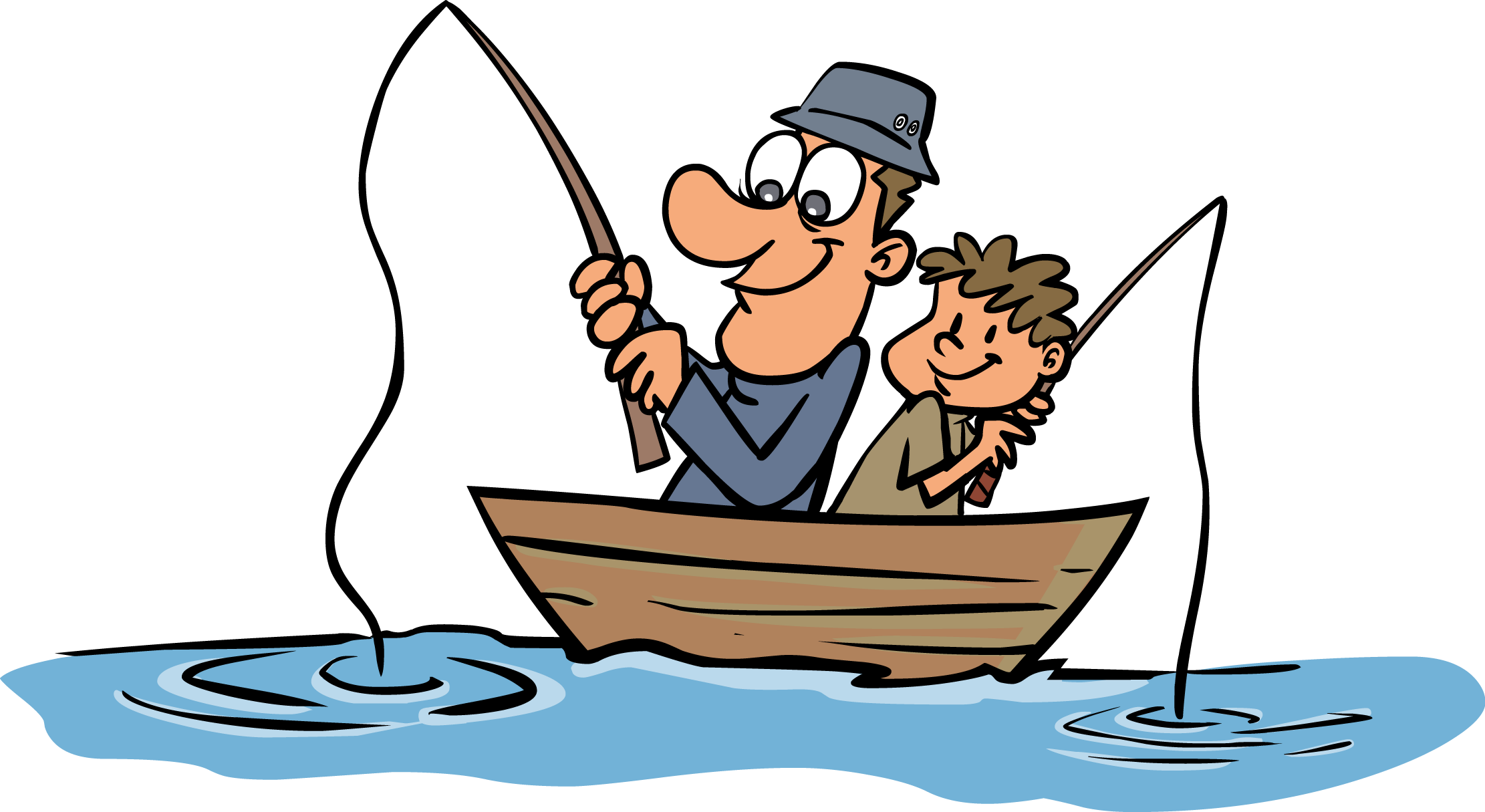I love Paul Klee and the way he uses building blocks of colour in his Art to convey emotion and meaning.... so what an ideal artist to use to allow the children to create their own "facial expression" art work .
I suggest that you use this picture, Senecio:
This Art and writing lesson follows on from the lesson blog post I posted
Universal facial expressions ,emotions and different languages
.
We will be using the ideas in both these blog posts to celebrate Euroepan Day of Languages 2015.
Additional resources and lessons guides are available on the VLE for the Janet Lloyd Network
- Revisit emotions, facial expressions and target language phrases the children can say that add "sound and language" to the emotion.
- You could hold a "physical face display " here with a card picture frame that the children use, by holiding up and using their face and the emotion and target language phrase to fill the picture frame and become the picture.You will need to model this first.
- Take a look with the class at Klee's picture "Senecio"
- Ask the children to follow Klee's model and to draw a picture of the outline of a face.
- Give the children coloured card or paper and ask the children to add blocks of colour made from the card on the face .
- Each block of colour represents an emotion and acts as a flap under which the child draws a symbol or face to represent the emotion and writes the appropriate target language or target languages phrase linked to the emotion.
- Create a class display of "Klee facial expression flap phrases and pictures"






































